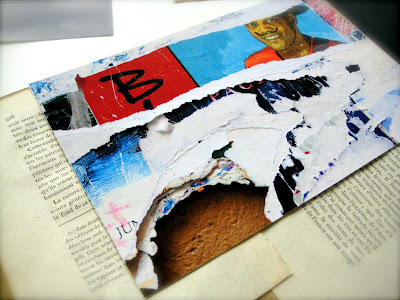Please join us on April 5th @ 1:00 and explore the photographic process of gum bichromates. Gum bichromate (or dichromate) is a photographic printing process that involves creating a working emulsion made of:
- gum arabic
- a dichromate (usually ammonium or potassium)
- pigment
The light sensitive emulsion is spread on paper and allowed to dry. Negatives or objects (in the case of a photogram) are then laid on the coated paper and exposed to a UV light source. The light source will harden the dichromate in proportion to the densities of the negative. After exposure, the paper is washed in a series of water baths and allowed to develop until the unhardened portions of the emulsion have dissipated. Voila!
Participants will learn to mix chemicals, coat papers, and print from negatives/transparencies, and how to make photograms. Folks will also receive an instruction packet, a frame for printing, and paper.












